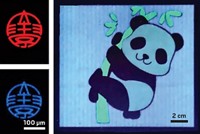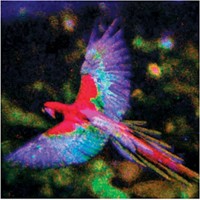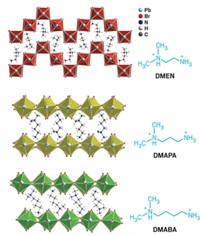Advertisement
Grab your lab coat. Let's get started
Welcome!
Welcome!
Create an account below to get 6 C&EN articles per month, receive newsletters and more - all free.
It seems this is your first time logging in online. Please enter the following information to continue.
As an ACS member you automatically get access to this site. All we need is few more details to create your reading experience.
Not you? Sign in with a different account.
Not you? Sign in with a different account.
ERROR 1
ERROR 1
ERROR 2
ERROR 2
ERROR 2
ERROR 2
ERROR 2
Password and Confirm password must match.
If you have an ACS member number, please enter it here so we can link this account to your membership. (optional)
ERROR 2
ACS values your privacy. By submitting your information, you are gaining access to C&EN and subscribing to our weekly newsletter. We use the information you provide to make your reading experience better, and we will never sell your data to third party members.
Materials
White LED Formed From A Bulk Material
June 16, 2008
| A version of this story appeared in
Volume 86, Issue 24
Energy-efficient light-emitting diodes that produce white light have potential as a next-generation technology for general lighting applications. But current methods to make white LEDs require that they be built up from multiple components. For example, white LEDs can be made by combining red, blue, and green LEDs or by coating blue or near-ultraviolet LEDs with a phosphor material. Wooseok Ki and Jing Li at Rutgers University now report the first bulk semiconductor material that directly generates white light and potentially could be used to make single-component white LEDs (J. Am. Chem. Soc., DOI: 10.1021/ja801601y). The researchers designed a crystalline hybrid material composed of cadmium sulfide double layers bonded by alkyl amine groups. They initially tested the material's light-emitting properties by coating it on a commercially available blue LED; the structure emits white light. Ki and Li then discovered that doping the CdS layers with manganese ions enhances the illumination. The structure of the material and thus its light-emitting properties can be tuned by swapping out amine groups and by changing the thickness of the semiconductor layer, the researchers note.






Join the conversation
Contact the reporter
Submit a Letter to the Editor for publication
Engage with us on Twitter